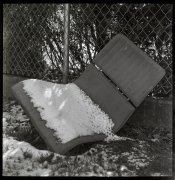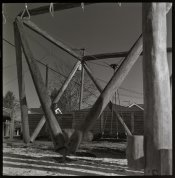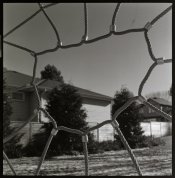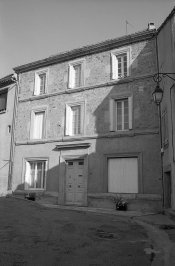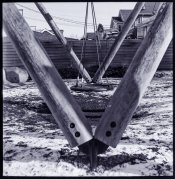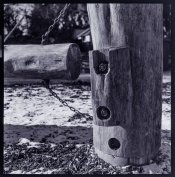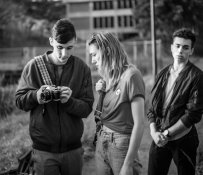Alan Johnson
Subscriber
- Joined
- Nov 16, 2004
- Messages
- 3,294
Agfa Aviphot Pan 200 is sold for aerial photography and for this purpose gives a high contrast as the land photographed has relatively low contrast. I believe it is sold in 35mm eg as Rollei Retro 400s.The resolution is up to 181 lppm.
For aerial photography it is developed in Agfa G74c plus G74s, from the msds I concluded that this combination is a high pH PQ developer. I was curious to see from the diagram on p8 of the link that developing for long times in this combination gives a notable increase in shadow speed. However, the corresponding curve , for 20 min, would likely give blown highlights when the film is used for pictorial photography.
My question is, what developer might give the notable increase in shadow speed but make the curve less steep thereby giving good results for pictorial photography. There is a lot of data on the massive development chart but some complain of high contrast.
https://www.agfa.com/specialty-products/wp-content/uploads/sites/8/2017/06/AVIPHOT-PAN-200.pdf
For aerial photography it is developed in Agfa G74c plus G74s, from the msds I concluded that this combination is a high pH PQ developer. I was curious to see from the diagram on p8 of the link that developing for long times in this combination gives a notable increase in shadow speed. However, the corresponding curve , for 20 min, would likely give blown highlights when the film is used for pictorial photography.
My question is, what developer might give the notable increase in shadow speed but make the curve less steep thereby giving good results for pictorial photography. There is a lot of data on the massive development chart but some complain of high contrast.
https://www.agfa.com/specialty-products/wp-content/uploads/sites/8/2017/06/AVIPHOT-PAN-200.pdf










 400s 70mm Supergrain Blad 30 Distagon 2
400s 70mm Supergrain Blad 30 Distagon 2